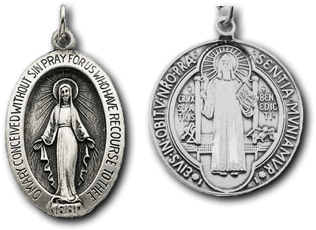Entering Beyond the Veil
The ascension of our Lord is described as a high priest entering the sanctuary beyond the veil. What does this expression mean? It refers to something in the Old Testament. The temple of Jerusalem and the tabernacle in the desert before it, had a veil hanging before the holy of holies. The veil was very heavy, gorgeous, and mysterious. Behind that veil lay enshrined the symbols of Jewish history and Jewish faith. Behind it was the holy of holies. The priest was allowed to enter that holy of holies only once a year, and then only after he had purified himself with blood and sprinkled this veil with blood. When this happened, the people had for one brief moment some communication, thanks to their priests, with this holy of holies. But for the rest of the year it was hidden. What must the Jews have said to themselves as they looked at that veil? They knew they could not enter it. They must have said, “We are cut off from God.” And that sentiment must have continued in the heart of every true man of the Old Testament. Now the veil in the New Testament is the flesh of our Lord. When he died on the cross, that veil of the temple was torn asunder. It was torn from top to bottom as if to indicate that it was not done in any way by the hand of man. In other words, this barrier between heaven and earth, between God and man is now destroyed. Thanks to the death of Christ, there is access to heaven, access to the heavenly Father. There might have been, indeed, some symbolism to the fact that the centurion pierced the side of our Blessed Lord, for as I said, sacred scripture calls his flesh the veil. And when Jesus’ side was pierced, there was indeed revealed the holy of holies, which was the heart of the all-loving God.




